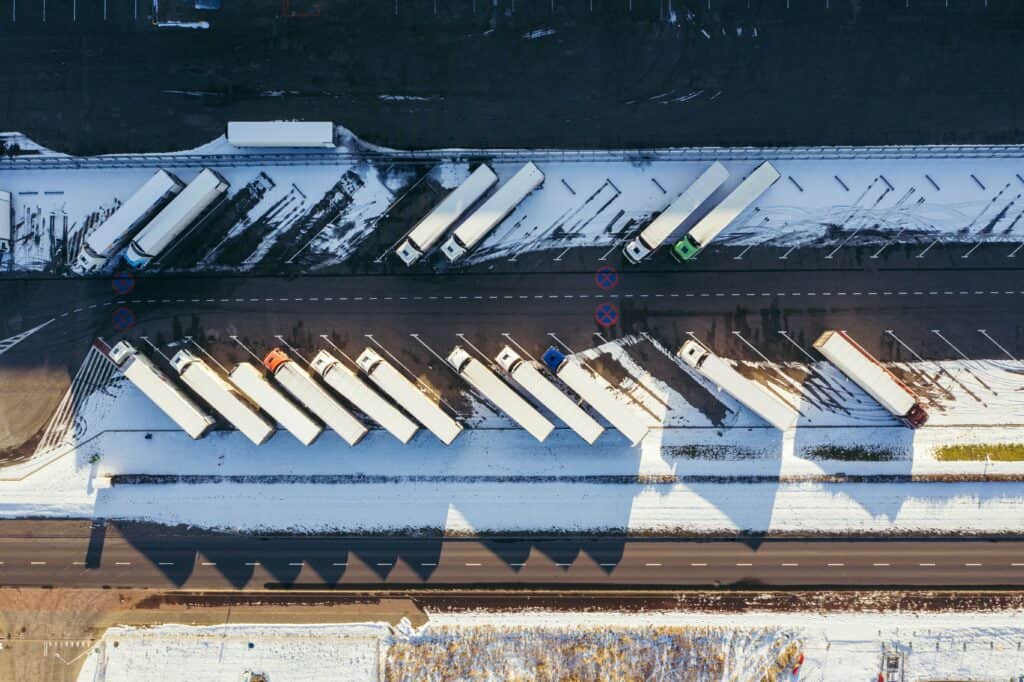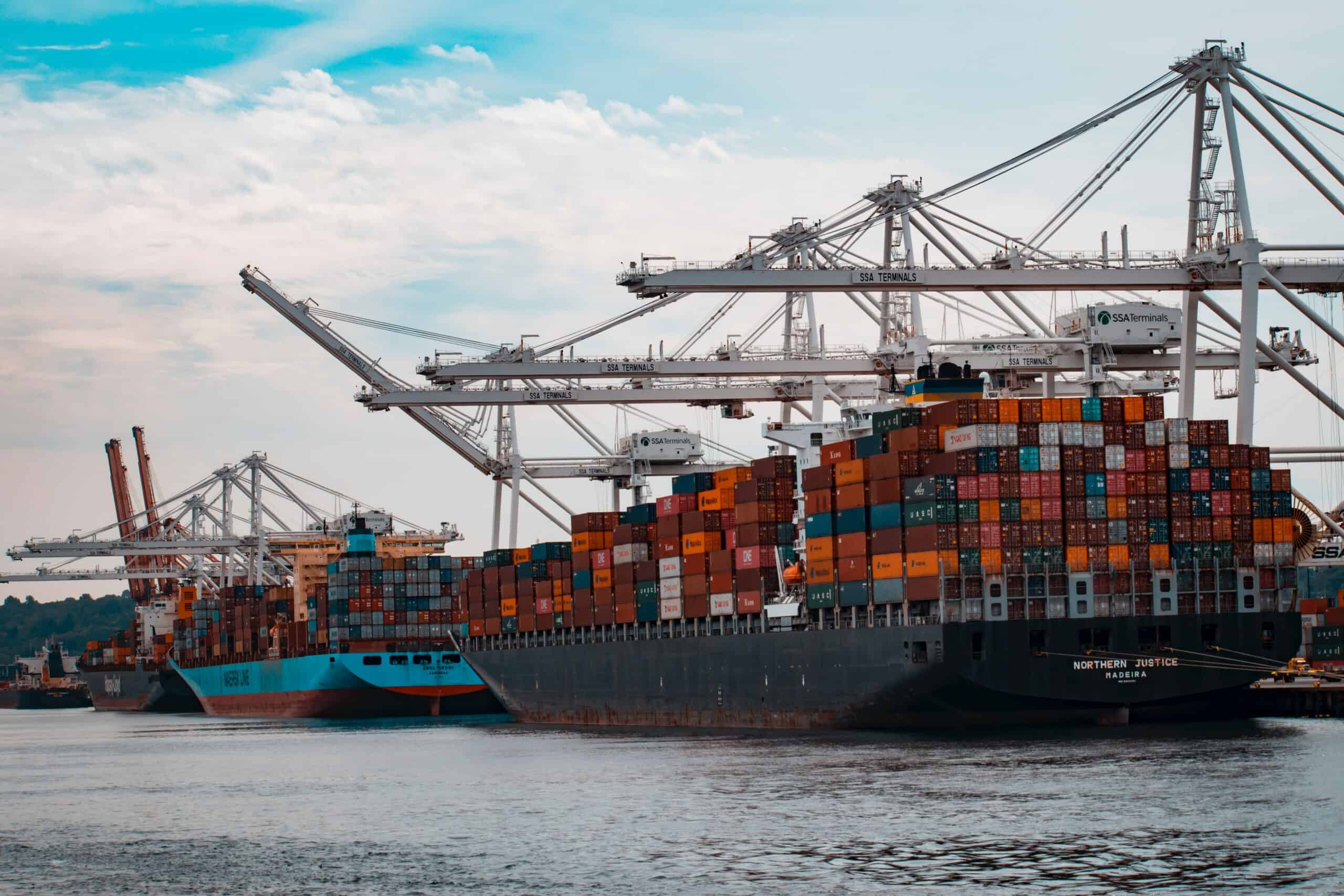
Trucking spot prices fluctuate due to a variety of factors, including changes in demand for trucking services, changes in fuel prices, and changes in the availability of trucks and drivers. Additionally, factors such as weather, natural disasters, and government regulations can also affect spot prices. For example, a natural disaster that damages roads and infrastructure can cause a temporary increase in demand for trucking services, leading to higher spot prices. Similarly, a new government regulation that increases the cost of operating trucks can cause spot prices to rise.

Trucking Demand
Trucking demand refers to the amount of goods and products that need to be transported by trucks. It is determined by a variety of factors, including the overall state of the economy, the level of consumer spending, and the level of industrial production. When the economy is strong and consumer spending is high, trucking demand tends to be high as well, as more goods need to be transported to meet the needs of consumers. Conversely, when the economy is weak and consumer spending is low, trucking demand tends to be low as well, as fewer goods need to be transported. Additionally, when industries are producing more goods, it will drive trucking demand.
Insurance
Insurance costs can have a significant impact on the capacity of the trucking industry. High insurance costs can make it difficult for trucking companies to operate profitably, which may lead to fewer trucks on the road and less capacity for shipping goods. Additionally, high insurance costs can also make it more difficult for small and new trucking companies to enter the market, further reducing capacity. Conversely, lower insurance costs can help the trucking industry operate more efficiently, potentially increasing capacity.
Trucking Capacity
Trucking capacity refers to the number of available trucks and drivers to transport goods on the nation's highways. When there is a high demand for goods to be transported and a limited number of trucks and drivers available, trucking capacity is said to be tight. This can lead to higher prices for shipping goods, as carriers can charge more for their services. Conversely, when there is a surplus of trucks and drivers, trucking capacity is said to be loose, and prices for shipping goods may be lower. Factors that can affect trucking capacity include changes in fuel prices, government regulations, new & used truck pricing, and trailer availability.
Port Activity
Port activity plays a significant role in determining trucking spot prices because it is a major factor in the supply and demand for trucking services. When ports are busy and have a high volume of cargo coming in and out, there is a high demand for trucking services to transport the cargo to its final destination. This increased demand leads to higher spot prices for trucking services as carriers can charge more for their services. On the other hand, when ports are less busy and there is less cargo moving through, there is less demand for trucking services and spot prices may decrease. Additionally, disruptions or delays at ports can also affect spot prices as carriers may have to adjust their routes and schedules, leading to increased costs and higher spot prices. Overall, port activity plays a crucial role in determining the supply and demand for trucking services and therefore has a direct impact on spot prices.

Tender Rejections
A trucking tender is a request for a transportation company to submit a bid to transport goods or materials. The company submitting the lowest bid that meets the requirements will be awarded the contract to perform the transportation services. Tenders are often used by businesses or government agencies to secure transportation services for large shipments or ongoing deliveries. The tenders are usually released to multiple trucking companies, and the winning bid is chosen based on factors such as price, delivery time and route, and the company's experience and reputation. Trucking tender rejections can have an effect on rates in a few ways. If a large number of carriers reject a tender, it may indicate that the rate being offered is too low for them to be able to operate profitably. This can lead to the shipper having to increase their rate in order to attract enough carriers to haul their freight. On the other hand, if carriers are consistently accepting tenders at a certain rate, it may indicate that the rate is reasonable and could help to stabilize or even lower rates in the market. Additionally, if a shipper consistently receives multiple rejections, it may also signal that shipper's tenders are not competitive in the market and they may need to adjust their rates or terms to attract carriers.
Tender Volumes
Lastly, trucking tender volume refers to the number of freight loads that are being offered for transport by trucking companies or freight brokers. This can be an indicator of the overall demand for trucking services in a given market. High trucking tender volume can indicate a strong economy, while low trucking tender volume can indicate a weak economy. Port, rail, and domestic production can all have an effect on trucking tender volumes. If goods are primarily being imported through a port, trucking companies may see an increase in tender volume as they are needed to transport the goods from the port to distribution centers or warehouses. Similarly, if goods are being transported by rail, trucking companies may see an increase in tender volume as they are needed to transport goods from the rail yard to their final destination. On the other hand, if there is a strong domestic production, trucking companies may see a decrease in tender volume as goods are not being imported and therefore do not need to be transported as frequently.